Do not visit on mondays; the Tretyakov Gallery is closed that day. Visiting on Tue–Sat mornings keeps crowds to a minimum and helps you see the highlights without rushing.
The complex comprises two main buildings: the historic main building on Lavrushinsky Lane, and the second branch on Krymsky Val, which houses later Russian art. Visiting both sites in a single day lets you compare old masters with newer movements and track the evolution of Russian art.
Entry hours are 10:00–18:00, Tue–Sun; check the official site for seasonal changes. The entry price is approx 700–1,000 rubles for adults, with discounts for students, seniors, and children; there is a ticket counter where you can buy combined tickets for both sites.
Inside, the huge galleries unfold a continuous arc from medieval icons to late 19th‑century realism and early 20th‑century avant‑garde. You’ll see portraits by painters and works by sculptors alike, and you’ll notice rooms that display military portraits and uniforms. The very layout helps those visitors pace their exploration and stay engaged.
When you plan your route, start at Pushkin-era portraits in the main hall, then move to the second wing to trace the turn‑of‑the‑century experiments. A well‑paced path makes it easy to cover highlights without overwhelm, and the staff at the counter are happy to offer directions. If you are visiting with kids, look for interactive displays in the modern sections.
For travelers coming from novosibirsk, know that the flight lands in Moscow and the Metro can whisk you to Krymsky Val in about 30–40 minutes. If you tried to see both sites in a single afternoon, crowds flocked to the galleries, so plan a two‑to‑three hour visit per site to appreciate key works and the context behind those artists you meet along the way, and to imagine how these collections shape the future of Russian art.
Tretyakov Gallery in Imperial Russia: A Practical Guide for Visitors
Tickets can be purchased online to secure a timed entry; last entry is typically one hour before closing; costs vary by exhibition, and some groups may access free entry–verify on the official site or at the box office before you visit.
From the beginning, Pavel Tretyakov built a collection that grew into a public memorial for Russian art. The founders framed the gallery as a wide-ranging body of works designed for educational purposes and preserving historical pieces. The display introduced cityscapes, portraits, iconography (including saint images), and scenes from daily life, revealing how Russian cities and cultures evolved. During Imperial Russia, the visibility of artworks in Moscow and across cities influenced what visitors would see when visiting the gallerys or its branch venues. This historical emphasis remains visible in the permanent collection and in the educational programs that accompany it. The artworks themselves show the evolution of style.
Plan your route with these practical tips:
- Tickets and entry: book online to lock a time slot; the last entry window allows you to stay longer in the galleries; costs and discounts vary by exhibition; there are free options for eligible groups–check the official site.
- Best route: begin with the permanent collection to grasp the era’s arc, then move to temporary exhibitions that highlight particular artists or themes.
- Key areas to pace yourself: cityscapes that capture moscows and other cities, major portraits, and large-scale historical canvases that illustrate life in historical Russia; rodin sometimes appears in educational programs or guest displays.
- Which moscows were visiting during the imperial era? locals, officials, merchants, and students formed the core audience, turning the gallery into a social and educational space.
- Pushkin and other cultural echoes: expect materials that connect artworks to broader memory, including references to pushkin and literature’s influence on painting.
- Branch and gallerys: the complex includes a main building and a branch that hosts additional displays; together they offer a wide-ranging, unique view of Russia’s artistic development and the historical body of works.
- What to bring and wear: a compact notebook for notes, comfortable shoes for long corridors, and a plan to take breaks as needed.
Over the years, visitors have been drawn to the imperial era by placards tying artworks to city life and social history. This approach makes the visit educational, allowing you to appreciate the development of Russian art as a national narrative. Plan a second pass to catch details you might have missed and to connect the works with the broader memory of Moscow and other cities.
What to See: Highlights of Imperial Russian Art at the Tretyakov Gallery
Buy your ticket at the desk and start with seven highlights in the Imperial Russian section, then walk between galleries to compare styles. The address is 10 Lavrushinsky Lane, Moscow, and the main entrance opens onto a lobby where a map helps plan your route before you begin.
Highlight 1: vasnetsov’s Bogatyrs dominates a tall wall in the late-19th-century gallery. The canvas is graphic, with bold light and muscular figures that tell a mythic story from folk history. Stand back to take in the composition, then move along the corridor to compare with nearby portraits.
Highlight 2: A cluster of genre scenes and portraits from the mid- to late 19th century shows the everyday life of the empire. The author’s hand is evident in expressive faces and in the careful handling of fabrics and textures; look for works that focus on labor, family, and urban bustle, mainly rendered in warm earth tones.
Highlight 3: Maritime and landscape canvases reveal a mastery of light. Look for shimmering water, a peach-hued sunset, and a sense of space that expands between the shore and the horizon–these works demonstrate how color and atmosphere convey mood as clearly as subject matter, especially during December’s softer daylight.
Highlight 4: Religious and ceremonial commissions sit in a dedicated area. The motifs carry authority and ritual weight, and you can compare the calm, monumental figures with more intimate portraits that reveal quiet vulnerability in public moments.
Highlight 5: Early experiments by central figures formed a Russian school, visible in the transition from academic composition to more personal brushwork in the 1870s and 1880s. Notice how the eye toggles between formal poses and looser passages that reveal individual temperament.
Highlight 6: The display connects literature and painting, showing how authors and scenes influenced visual art. For example, portraits and genre scenes echo ideas from great writers; the word Pushkin often appears as a touchstone in labels, helping you read the era’s cultural dialogue.
Highlight 7: In the 21st century, the collection reads with fresh energy. For a single, unhurried look, focus on one painting to feel the curiosity of the era; this moment helps you grasp the complete arc of imperial art in the Tretyakov collection.
Walk tip: use the central corridor to move smoothly between rooms, and allow time to study the light that falls across the canvases. December visits often mean softer crowds, which makes it easier to stand close and examine brushwork, inscriptions, and dates on the author labels. This overview is comprehensive and designed to help you plan a very focused, rewarding walk through the Imperial Russian holdings, between the main halls and the quiet corners where color–like peaches in a warm dusk–softens the edges of grand history.
Plan Your Visit: Hours, Tickets, and Getting There
Leave home early to reach the tretiakov door on Lavrushinsky Lane. The main entrance sits on Lavrushinsky Lane, and you’ll step into a hall where paintings greet you with quiet light. The tradition began here, continued by generations of painters, and the calm entry sets the tone for the visit.
Hours: Open Tue-Sun 10:00-18:00; last entry 17:30. mondays are closed. If you’re chasing later hours, check the official page for any seasonal changes; the adjacent gallery sometimes adds hours on specific days.
Tickets and costs: Adult 700-900 rubles; concessions 350-500; children under 7 free. Combined tickets for both Tretyakov galleries run about 1100-1200 rubles. Booking online secures a number for a time slot and can save you waiting. The price includes access to paintings, drawings, and graphic works.
Getting there: The closest stations are Tretyakovskaya, with easy access from the city center. From the station, walk 6–8 minutes to Lavrushinsky Lane; the entrance is adjacent to several bus stops and a short street crossing. If you are coming from a Petersburg-focused itinerary, the route would cross central moskva and bring you to the river area, then toward the place where the museum sits.
What to see and plan: In the collection you’ll encounter 18th-century pieces and later paintings by Ivanov and Yuri; these works reflect a tradition that grew in moskva and drew inspiration from Petersburg studios. Graphic works sit beside canvases, and you’ll see artists who died long ago. If you are short on time, start with the main collection and you would see the best-known works first, then move to adjacent rooms with Ivanov and Yuri portraits. The following tips help you pace your visit and maximize time with the works you care about.
Navigate the Space: Gallery Layout, Wings, and Must-See Routes
Begin at the Permanent Gallery in the historic tretiakov building in moskva, then follow the number-based map that links the wings. This plan helps a patron know where to go and what to see in a single visit, even on busy days.
Route A – The Historic Wing: Move along the corridor that houses portraits and early Russian scenes. Between rooms you’ll feel the thread of tradition linking icons to 19th-century realism. For a concise loop, allow about 60–75 minutes; you’ll pass single portraits and quiet corners ideal for a quick break. In this zone, a few portraits reference the vladimir era, offering a glimpse into that historical moment.
Route B – The Modern and Soviet Voices: This wing covers late 19th through mid-20th-century works, with social themes and urban life studies. Look for connections to italian influence in some decorative studies, and note how artists move from intimate scenes to broader social statements. The route ends near public galleries where private collector displays and guided tours begin, helping you decide which pieces stay with you after the visit.
Rodin note: A rodin reference appears in a rotating corner, offering a compact comparison with Russian sculpture and adding a world dimension to your route.
Practical tips: If you arrive with groups, book a private tour or join a staff-led overview. On busy days, use the side entrance to avoid lines. There are nearby hotels within a short walk, convenient for pairing your museum visit with meals or a stroll in moskva, and the streets around the union of galleries stay lively all day. Use the map to know where you can pause for a rest in a quiet corner. If you moved between wings, you’ll notice how the mood shifts with the light and curation.
For a short, single-day circuit, start with the permanent collection and then cross to the modern corridors; this layout makes it easy to pick a picture that resonates and to compare a range of portraits across centuries.
Enhance Your Visit: Guided Tours, Audio Guides, and Educational Programs
Book a guided tour at the ticket counter before you wander the halls to quickly orient yourself and map the line of rooms, including vrubel’s sculptures and serov’s portraits.
Visite guidate
Guided tours run 60–90 minutes in small groups and cover key works inside historic galleries. A guide will point out highlights by mikhail, serov, and other masters, and you’ll personally see how the collection grew from the founder’s early purchases to today’s varied displays. Tours meet near the counter, with options to join in the american edition for non-Russian speakers.
Guide audio
The audio guide is available in multiple languages and lets you explore at your own pace inside the halls. Pick a route focused on vrubel’s eerie yet evocative line, then switch to stories about aleksey and yuri behind the scenes. The american English edition pairs with clear maps and a memorial timeline of the park and surrounding historic spaces.
Programmi educativi
| Option | What you’ll experience | Best for | How to join |
|---|---|---|---|
| Visite guidate | 60–90 minutes, small groups, highlights across vrubel, serov, and other halls; multilingual guides | First-time visitors, families, art enthusiasts | Tickets at the counter or online; request personal or behind-the-scenes tweaks |
| Guide audio | Self-paced routes with artist notes, timeline context, and behind-the-scenes anecdotes | Independent exploration, compact schedules | Pick up at information desk; return at exit |
| Programmi educativi | Curator talks, family workshops, and school programs tied to historic periods and key works | Educators, students, and museum clubs | Register via the education desk or the website; group discounts available |
Practical Etiquette and Accessibility: Photography, Accessibility, and Visitor Services
Start with a concrete recommendation: check the photography policy at the entrance, then follow it throughout your visit. No flash, no tripods, and avoid blocking doors or views; a quick check at the info desk will save delays. The director and gallerys team address concerns from visitors, and then adjust rules to balance preservation with access across decades of public engagement.
Situated in Moscow’s district of Zamoskvorechye, the gallery sits on Lavrushinsky Lane. The building, built in the century-old tradition by a renowned architect, invites exploration from grand halls to intimate study spaces. The entrance offers step-free access, and elevators connect all floors; wheelchairs are available on request. English signage and audio guides support international visitors, and tactile maps assist guests with visual impairments. The proximity to key transit stations makes planning easy, with accessible routes clearly marked along the lane.
Accessibility options include dedicated services for guests with concerns, such as route-assisted tours, adjustable pacing, and trained staff ready to help. In addition to standard facilities, large-print labels and a handheld audio guide in english are available. If you have specific concerns, contact the information desk ahead of time; staff will tailor a route or extend your visit to fit your needs.
Visitor services cover guided tours in multiple languages, family-friendly resources, bag storage, and quiet spaces for contemplation. Costs for some services are included with admission, while others require advance booking; the English-language site lists current options and scheduling windows. For schools, researchers, or special-interest groups, a dedicated branch supports outreach and tailored programs.
Comprehensive viewing planning helps you maximize appeal: seven-point etiquette and accessibility checklist, starting with photography rules and moving through signage, route planning, and respectful behavior. Focus on works by leading painters such as repin, chagall, and malevichs, and contrast them with valentin canvases to appreciate stylistic shifts across the century. The central hall’s mausoleum-like atmosphere invites reflection while remaining a public space built to host visitors–keep voices moderate and never touch the walls or works.
The gallery’s leadership emphasizes an important, inclusive experience. The director oversees policies that reflect the founders’ vision, then adapts them as audiences grow and needs evolve. This long-standing approach remains comprehensive, aligning costs, services, and accessibility with the community’s expectations. Situated on Lavrushinsky Lane, the complex embodies a century of Russian art history and continues to foster access, learning, and appreciation for visitors from all backgrounds.

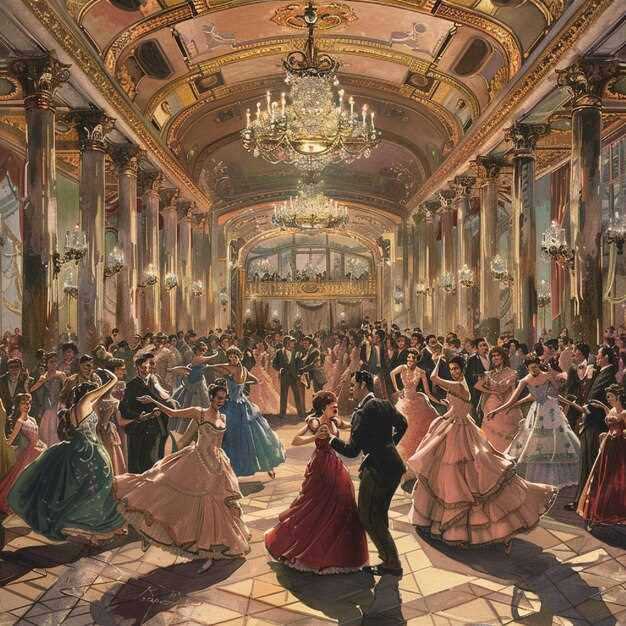 Bolshoi Theatre Moscow – History, Ballet & Opera | Tickets, Tours & Visitor Guide">
Bolshoi Theatre Moscow – History, Ballet & Opera | Tickets, Tours & Visitor Guide">
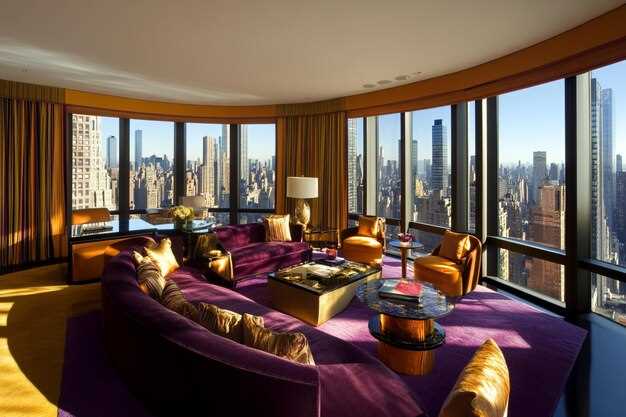 Metro Apartments – Modern City Living with Premium Amenities">
Metro Apartments – Modern City Living with Premium Amenities">
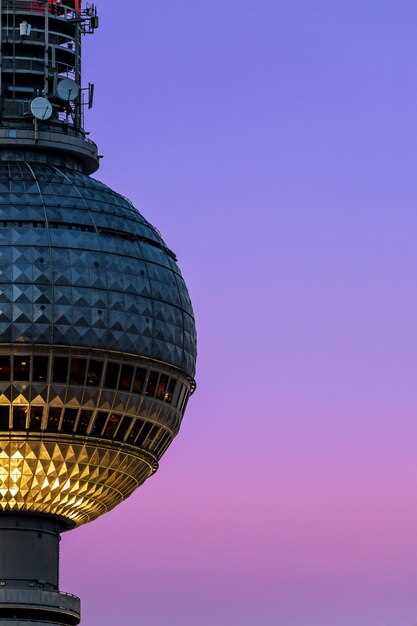 The Ostankino File – Secrets of Moscow’s TV Tower">
The Ostankino File – Secrets of Moscow’s TV Tower">
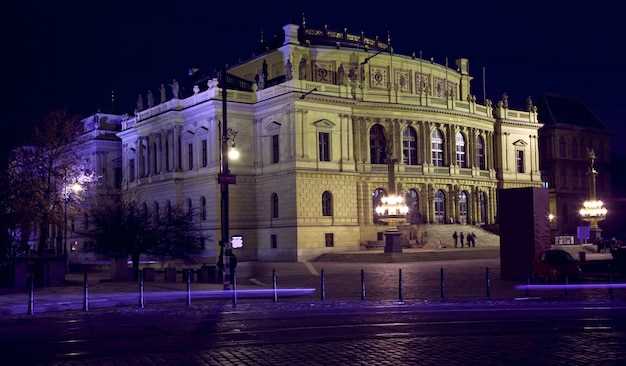 The Bolshoi Theater Moscow – History, Architecture, and Top Shows">
The Bolshoi Theater Moscow – History, Architecture, and Top Shows">
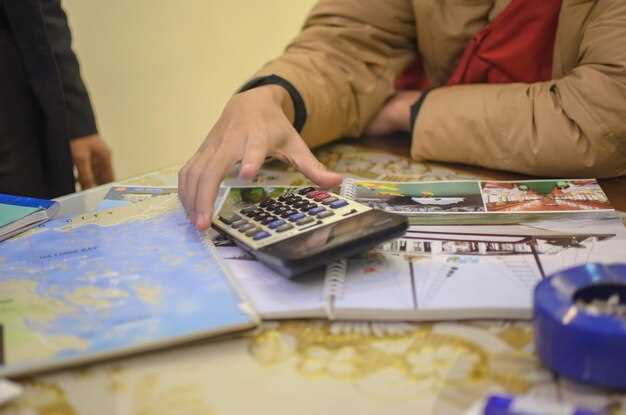 How Much Does a Week in Moscow Vacation Cost? A 7-Day Travel Budget Guide">
How Much Does a Week in Moscow Vacation Cost? A 7-Day Travel Budget Guide">
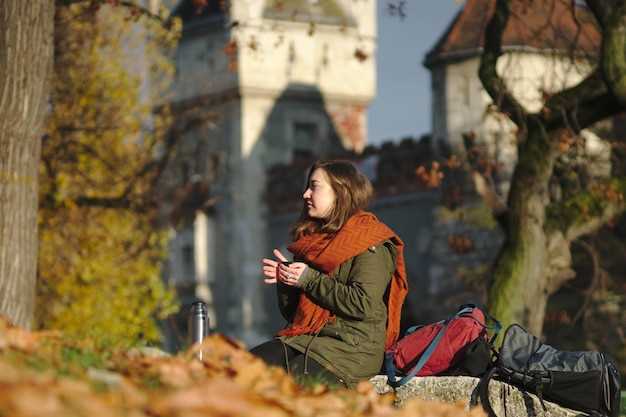 Best Time to Travel to Moscow – Spring and Early Fall 2025 Guide">
Best Time to Travel to Moscow – Spring and Early Fall 2025 Guide">
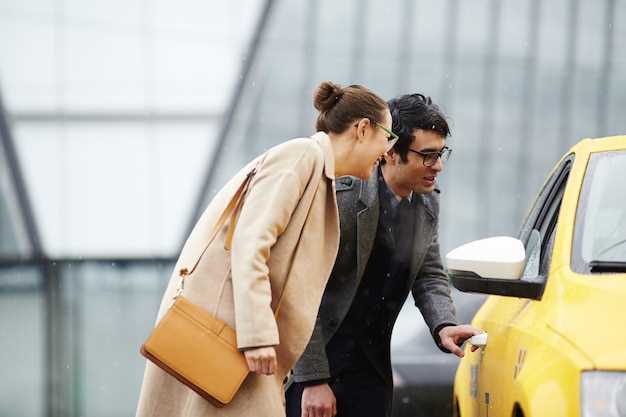 Taxis in Russia – How Not to Get Ripped Off – Essential Tips for Travelers">
Taxis in Russia – How Not to Get Ripped Off – Essential Tips for Travelers">
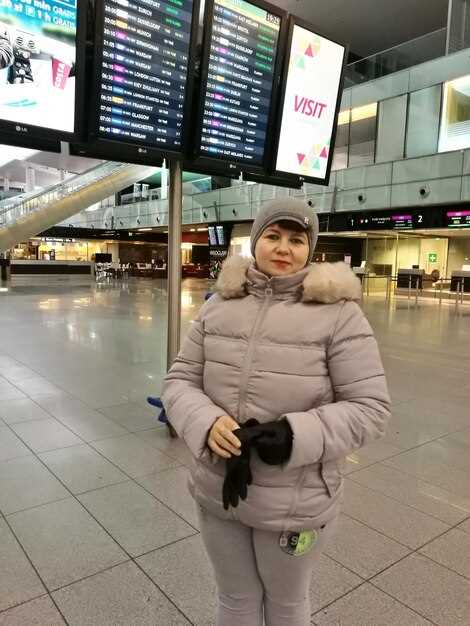 Domodedovo Airport Guide – Flights, Terminals, and Transport in Moscow">
Domodedovo Airport Guide – Flights, Terminals, and Transport in Moscow">
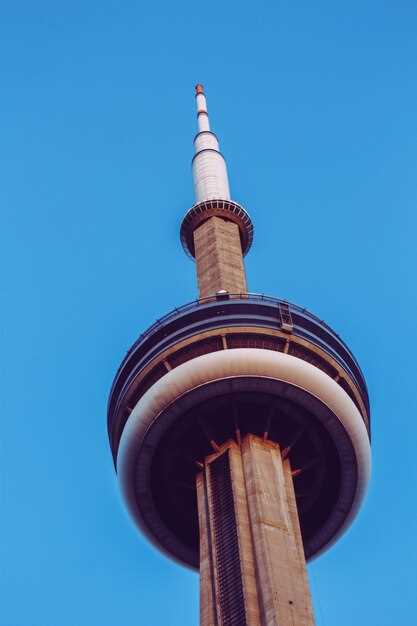 Ostankino Tower Moscow – Ultimate Guide to Russia’s Tallest TV Tower">
Ostankino Tower Moscow – Ultimate Guide to Russia’s Tallest TV Tower">
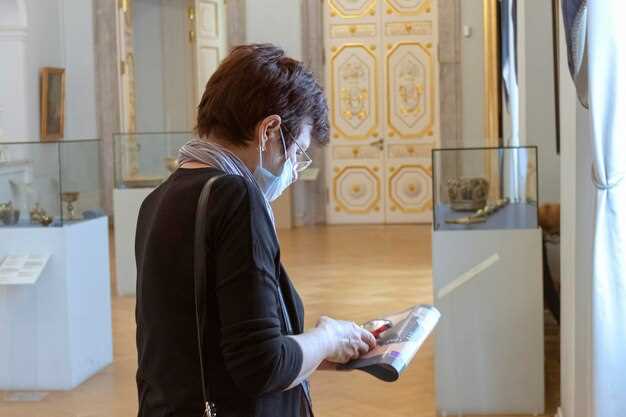 Pushkin Museum – A Comprehensive Guide to Moscow’s Fine Arts">
Pushkin Museum – A Comprehensive Guide to Moscow’s Fine Arts">